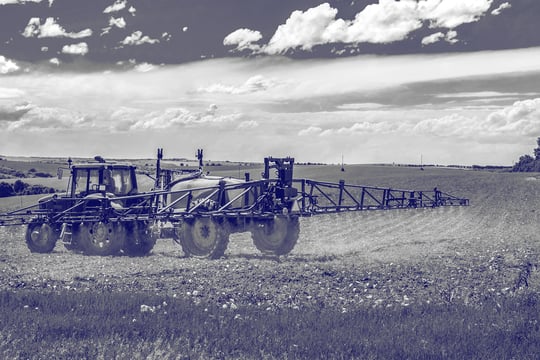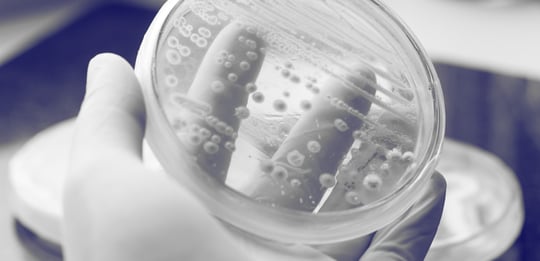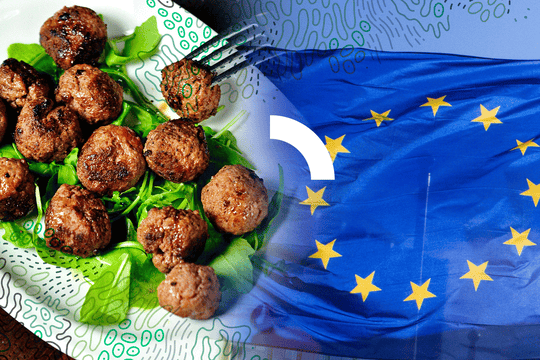
Whole genome sequencing (WGS), the gold standard for microbial characterization, needs DNA isolation. Biosafe has solid experience with microbial DNA isolation and optimisation, no matter how challenging the strain.
Since the outbreak of the SARS-CoV-2 virus, there are already 16,380 nucleotide records for this virus at the NCBI database. Similarly, strains causing bacterial outbreaks are rapidly sequenced to identify the correct antibiotics for clinical treatment.
At Biosafe, our microbial testing laboratory isolates DNA for WGS sequencing from dozens of customer samples every year. These comprise representatives from filamentous fungi, yeasts and bacteria, including both genetically modified and non-modified strains. However, it is not always easy. The samples we handle are typically used in industrial applications for fermentation, and the strains are very versatile. Some of them even represent new species that have not been characterized previously.
The normal DNA isolation protocol configured for normal E. coli works sometimes, but often this is not the case. We prefer long-read sequencing, such as Nanopore, to get a good representation of the genome. However, the DNA quality requirements for a PacBio library are significantly higher than those for Illumina sequencing. We often face problems related to DNA degradation, which means that we have to change the isolation method, culture conditions or culture time. Thus far, we have always succeeded in obtaining high-quality, high-molecular weight DNA suitable for PacBio sequencing, but sometimes this has required multiple rounds of optimization.
The major factor affecting the efficacy of DNA isolation is the microbial cell wall, which is a peptidoglycan layer. The glycan strands form chains that are further cross-linked, and this structure confers cell rigidity. The number of glycan chains and their cross-linking affects the strength of the cell wall. Breaking this down is tough in fungi and yeasts, but sometimes it seems challenging in bacteria too. A specific strain from a species that is normally easy in terms of DNA isolation can be unexpectedly difficult. We have speculated that this could be due to genetic modifications or other strain development factors that affect the cell wall.
Another challenge can be the slow growth or very poor growth of the bacteria on normal culture media. To ensure adequate growth, we usually ask our customers to specify the culture conditions. With this information, we can grow enough material for successful DNA isolation.
Any additional optimisation steps increase our turnaround time for sequencing and the subsequent bioinformatics analysis. Over time, we have optimized our processes for all the steps involved, to make delivery as streamlined and smooth as possible. However, biology and nature cannot be entirely controlled, and challenging strains are part of our daily normal, with problem-solving driving us forward.
As our Laboratory Manager, Dr. Arja Tervahauta puts it: 'Oh no, a difficult strain again. Well, we will find a way, no problem!'.
Do you need whole genome sequence analysis?

Topic:









